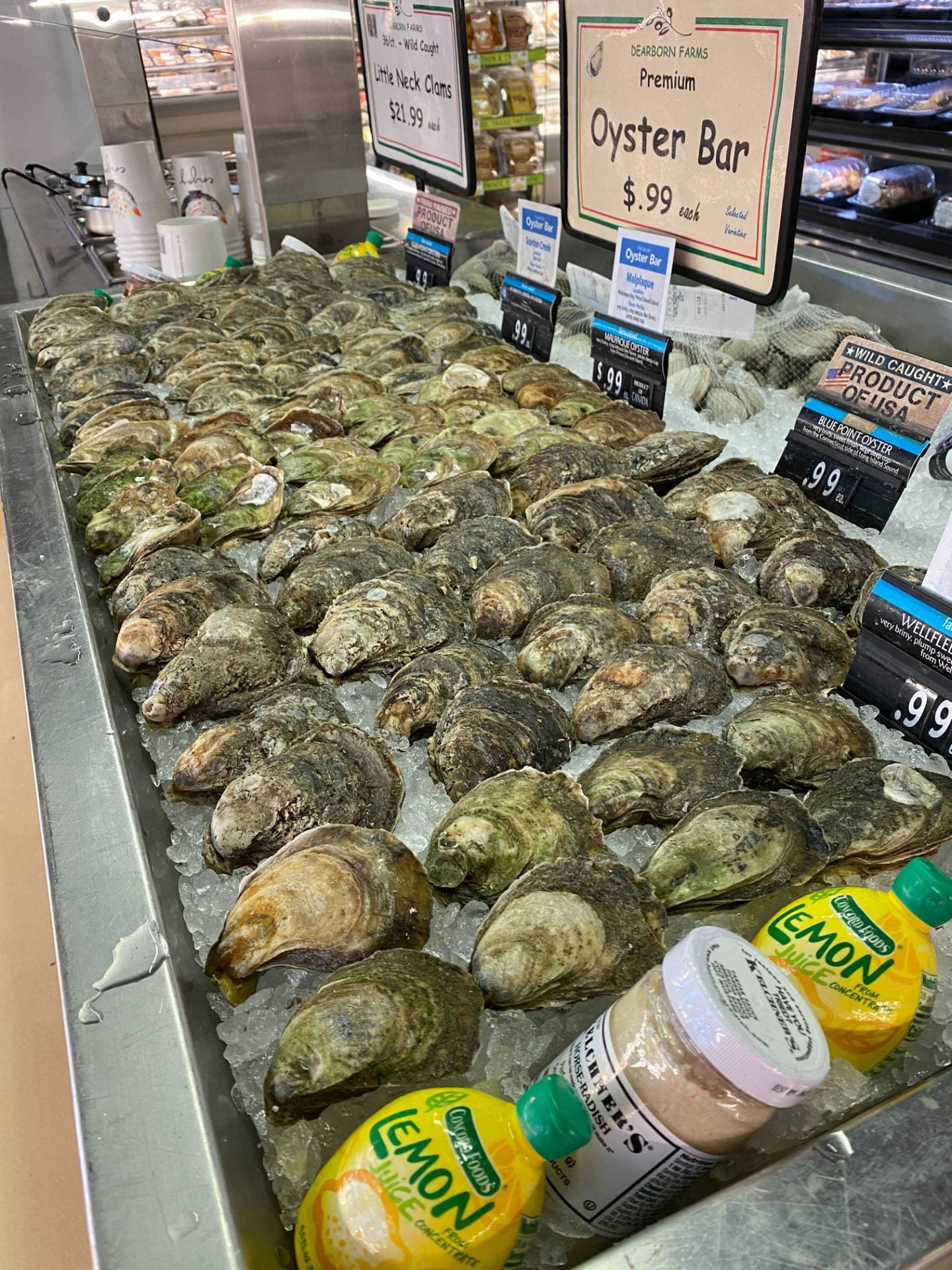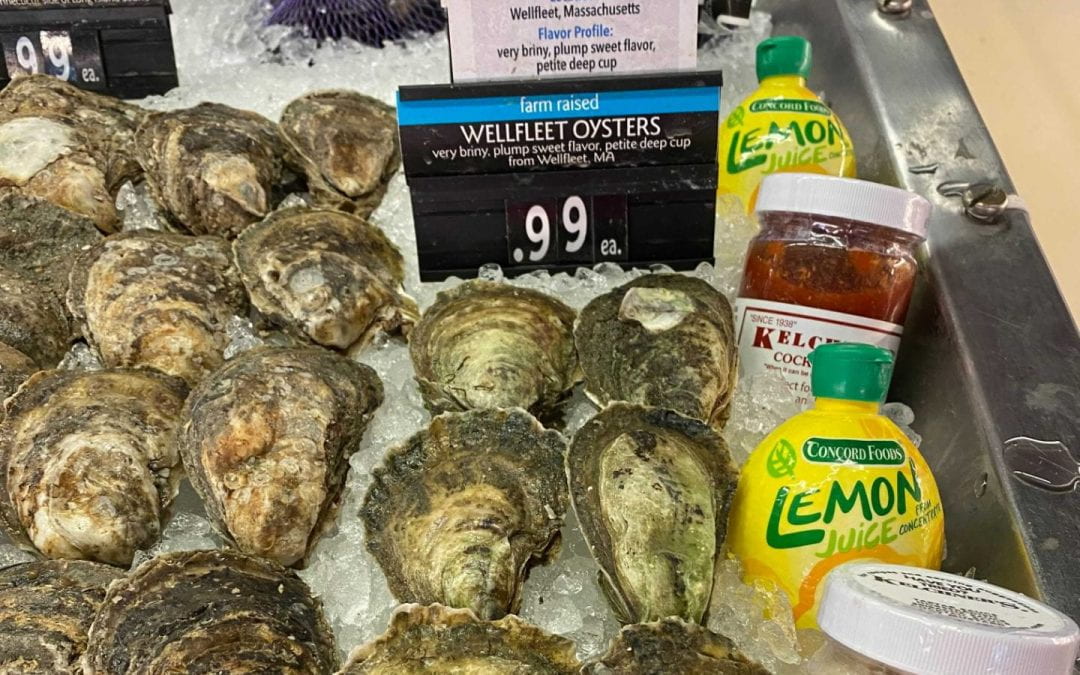February 24, 2022
This week’s post was written by Emily Teixeira.
The documentary team is only weeks away from production. Right now, the team is knee deep in research and preparations, but soon enough, they will be heading out to film. But where exactly will the filming take place? Let’s get a closer look…
Wellfleet
Wellfleet is located in the Outer Cape, and is world-renowned for its oysters, which are said to strike the perfect balance between creamy sweetness and brine. However, the history of the Wellfleet oyster dates back centuries before European settlers even arrived on the Cape.
The Wellfleet area was once home to the Pononakanet tribe, a branch of the Nauset. They lived along the coast year-round, harvested oysters for food, and used the empty shells to build middens (an archaeological term to describe huge heaps of domestic waste like bones or shells) at the forests’ edge to protect against storms.
When European settlers arrived, the diseases they brought over wreaked havoc on the Pononakanet people and drastically decreased their population. In addition to the diseases, the anti-Indian policies enacted in the decades that followed also caused permanent damage. The Europeans went on to overharvest the oyster beds, which brought the Wellfleet oyster to the brink of extinction.
The beds were revived in the 1800s when people brought in oysters from other locations. Wellfleet became a powerhouse in the oyster industry as an appetite for oysters swept the nation. But by the turn of the century, both the population and popularity of oysters saw a sharp decline.
In the early 1900s, Dr. David Belding conducted research on oyster aquaculture, and by 1960, local farmers adopted his methods, reviving the Wellfleet oyster once more.
When filming in Wellfleet, our team hopes to capture this rich history and put it in the grand context of modern oyster farming practices and the role that oysters play in the health and wellbeing of our oceans.
Barnstable and Yarmouth
Barnstable and Yarmouth sit side by side in the Mid-Cape, with coastlines on the Cape Cod Bay and the Nantucket Sound. Oysters grown in this region are described as “clean-tasting with a sweet, nutty flavor and a firm texture”.
From smaller, family-run operations to larger companies, both towns are responsible for a large portion of the state’s overall production. From the individuals who work these farms, our team will learn more about the process of growing oysters, the benefits they offer the environment and economy, and the importance of sustainable farming practices.
Barnstable is also home to the Barnstable Clean Water Coalition, a nonprofit focused on maintaining the integrity of Barnstable waterways.
Dennis
Dennis is located near Barnstable and Yarmouth, and was first settled in 1639. Since then, the ocean has played a major role in the town’s economy. Oysters grown here are described as plump, briny, clean, and rich.
In addition to several oyster farms, Dennis is home to the main hatchery and distribution center known as the Aquaculture Research Corporation (ARC), which provides roughly 80% of the shellfish seeds to farms in Massachusetts and surrounding states. ARC employs experienced shellfish growers and biologists to optimize sustainability practices and promote the wellbeing of the coastline.
New York and Connecticut
Aside from traveling to the Cape over spring break, the documentary team will also arrange filming in New York and Connecticut to investigate the Billion Oyster project and its efforts to restore the New York Harbor, as well as the collapse of the oyster industry in Norwalk, Connecticut– the former “oyster capitol of the world.”
In the end, all these pieces and places will come together to help us tell the story of oysters and their impact on our economy, diet, and environment.


